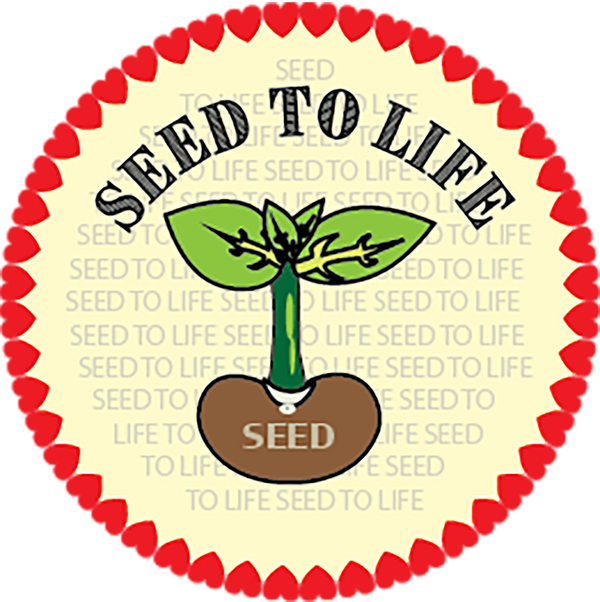
Marshmallow Plant- Health Benefits & Growing
Can you imagine harvesting marshmallows from your own plants? Just kidding. Marshmallows do not grow on plants but are made from the roots of these beautiful flowering plants.
Origin of Marshmallow Plant
Marshmallow plants are scientifically known as Althaea Officinalis. It is an ancient medicinal plant that first originated in ancient Egypt in 2000 BC. It was first used as a traditional remedy to relieve cough and cold symptoms. And to heal wounds. The process involved boiling the roots to get a slimy pulp that was then mixed with honey and stored.
It was later introduced in France where candy makers started using the sap to make tasty candies from the roots of mallow plants. This candy, called Pâte de Guimauve, was a spongy-soft dessert made from whipping dried marshmallow roots with sugar, water, and egg whites. Gradually, the candy makers started using gelatin instead of mallow roots. Nowadays the marshmallows that we buy from the stores do not contain marshmallow roots.
Marshmallow plants are native to Europe, North Africa, and western Asia.
Botanical Name
Althaea Officinalis

Health Benefits of Marshmallow
If you can make the smores easily from the store-bought marshmallow or make them from other ingredients then why bother growing these plants? As I mentioned earlier marshmallow plants were used as a traditional medicine in Egypt and are still commonly used as a herbal remedy for cold, cough, and inflammation.
- According to some researchers, the extracts from marshmallow plants can protect the body from certain bacterial, fungal, and viral infections.
- Marshmallow plants were famously used to reduce dry cough and act as a cough suppressant
- These plants have some phytochemicals that may reduce inflammation and promote wound healing.
- Mallow plants also believed to fight against oral infections
- Some researchers believe that the extract from marshmallow plants may be used for protecting the skin from harsh UV radiation.
- These starchy plants are also believed to have hypoglycemic effects.
Marshmallow plants Other Uses
The reason I decided to grow these plants is that I was curious to know more about the marshmallow plants and also their beautiful purple-violet flowers look very pretty. Marshmallow plants are frost tolerant and hence they can add beauty as well as height to your winter garden.
Other than the beautiful looks, marshmallow plants are edible. The roots can be used to make marshmallows at home or as a root vegetable. You can get creative and make many wonderful dishes from this delicious herb.
GROWING MARSHMALLOW
I decided to grow these plants in my aero garden first as marshmallow likes moist soil and grow well in cooler climates. So, I decided to grow them indoors first as the outside temperatures were still high in late summer.
Growing Marshmallow From Seeds- Seed Germination & Climate
Marshmallow plants grow in USDA growing zones 3–7.
They are fast growers and like a lot of sunshine. I grew my plant from seed. The seed germination time is shorter. Within a week I noticed the seed had germinated. The plant grew pretty fast in my Aerogarden and in just a couple of months started producing flowers.
Now the weather has started cooling down, so I can finally start more seeds to grow these plants outdoors. You can direct sow the seeds or start them indoors.
Picking the Right Spot for Marshmallow Plants- Sun Requirements
When choosing a location you have to pick a spot that gets plenty of sunshine and has moist soil. If you are planning to plant marshmallow plants with other plants then make sure that the other plants are also equally aggressive or these cute mallow plants will fill out that spot very quickly leaving no space for other plants. Even in the Aerogarden, I couldn’t grow many other plants because the mallow plants were taking up most of the nutrition and space.
The other thing that you have to consider is that if you are not growing these plants as just ornamental plants and want to harvest roots then you may want to wait for 1 ½ to 2 years to get good sized roots.
Soil Mix for Marshmallow Growing
Marshmallow plants like damp soil. So select the soil mix with the good moisture-retaining ability and a lot of organic content. You can feed these plants with any all-purpose fertilizers.
When to Start Marshmallow Plants?
The best time to start marshmallow plants is in late fall when the temperature starts cooling down. I’m in zone 8 and planning to start them now in November as winters are very short in my region and start late. For now, I have moved this mature marshmallow plant outdoors. I hope it adjusts well to the sudden change in the climate. When you transplant the plants grown in Aerogarden outside, sometimes they don’t do well. If the plants are precious and not strong then you should cut this plant holder to take out the plant with minimal root damage.
Marshmallow Seed Germination Time
7-14 days
Marshmallow - Althaea Officinalis Plant
Marshmallow plants grow to the height of 4–5 feet. The new stems keep growing from near the bottom of the plant. The stems grow upright and need staking or the long stems will fall down with heavy winds.
The seeds of marshmallow plants are tiny kidney shaped.
The leaves of marshmallow plant have thin hair like structures on them. The leaves, flowers and roots are edible
Marshmallow Plant - Leaves, Seeds, & Flower




